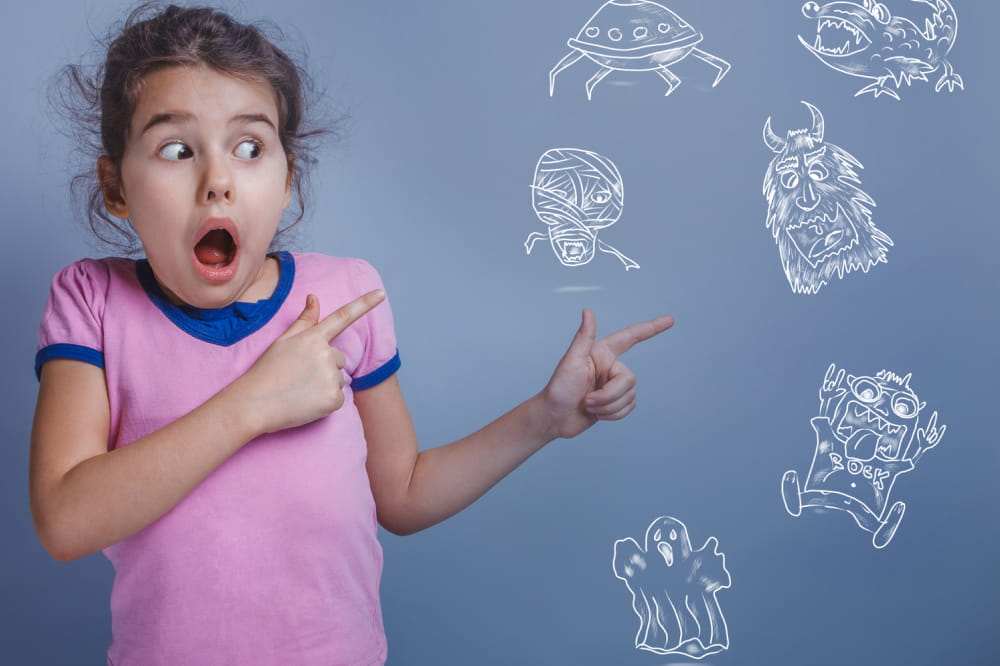
Phobia – What it is and its symptoms
A phobia is a kind of anxiety disorder. It makes an individual endure irrational and extreme fear about an object, place, living creature, or situation. When a person has a phobia, it alters their lives so that they avoid anything they consider dangerous. Their imagined threat is bigger than any actual threat stemming from the terror. They are diagnosable mental disorders. So, you can take different phobia tests for diagnosis and learn the type one has.
Usually, people experience intense distress when challenged with the source of their phobia. It prevents them from functioning normally and may trigger symptoms like panic attacks. Approximately 19 million people in America experience phobias.
Common types of phobia
Broadly, there are three common types of phobias:
- Social phobias
It is an extreme fear of being put in a social situation that causes humiliation or embarrassment. One such example is fear of public speaking. - Agoraphobia
It is a fear of being in crowded areas or public spaces without any easy means of escape. In extreme cases, people with agoraphobia become housebound because they fear leaving their secure space. - Specific phobias
Simple or specific phobias are linked to a particular situation or an object. These are classified into the below-listed categories:- Situational type
Some common examples include fear of enclosed spaces and flying. - Natural environmental type
Some instances include fear of heights, water, and storms. - Animal type
A few examples include the fear of spiders, snakes, and dogs. - Injury, injection, and blood type
Common examples include fear of blood, invasive medical procedures, and needles. - Other types
These are characterized as phobias that do not fit into the above categories.
- Situational type
People usually develop specific phobias while they are young. Fortunately, these phobias become less intense with age for most people. However, it may not be true for all. Agoraphobia and social phobias are commonly known to cause life impairment, as the thing or situation that triggers this phobia is often tricky to avoid. One can undergo phobia tests to know which one they have.
Phobia signs and symptoms
A phobia can trigger behavioral, emotional, and physical signs. Some common symptoms you may experience are as follows:
- Pain in the chest
- Chest tightness
- Hot flashes
- Chills
- Confusion
- Choking sensation
- Dizziness
- Nausea
- Difficulty breathing
- Dry mouth
- Sweating
- Trembling or shaking
- Increased blood pressure
- Racing heartbeat
Beyond these physical signs, people might also experience a sense of forthcoming doom, dread, the feeling that death is close, and the fear of losing control. Hence, to prevent these feelings from troubling their thoughts, people avoid any situation where they may potentially experience any source of their fear.
Phobia causes
Sadly, experts do not know the exact cause of the phobia. However, a combination of factors is responsible. Some factors that aggravate one’s risk of developing phobias are as follows:
- Traumatic experience
A traumatic, stressful, or difficult experience may trigger a phobia. For instance, the fear of dogs may haunt one in adulthood if a dog bit them in childhood. - Genetics
Individuals with a family history of phobias or anxiety disorders have a higher risk of developing phobias themselves. Nonetheless, it’s crucial to understand that phobias can still occur in people without a family history of the condition.




